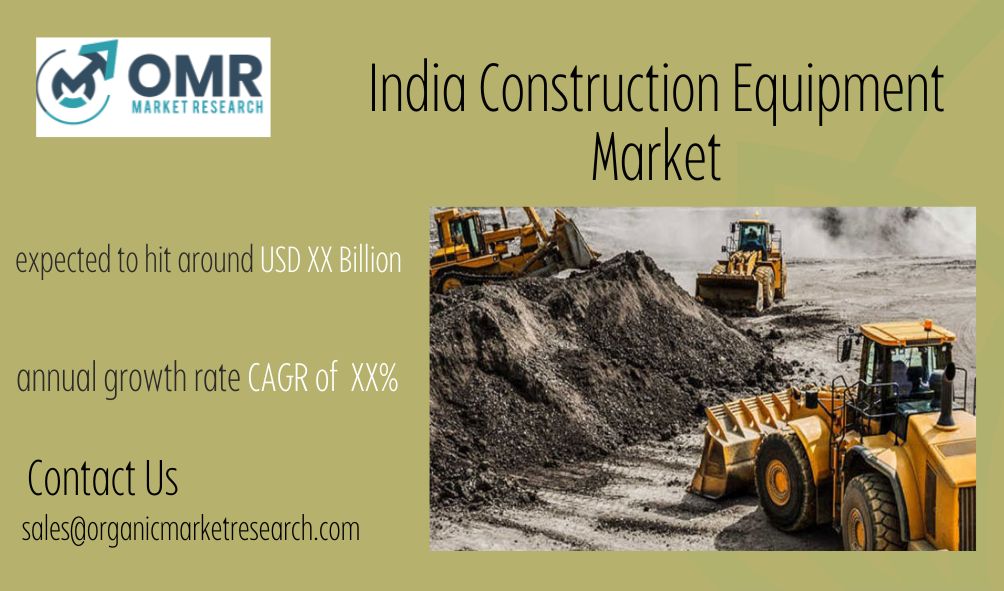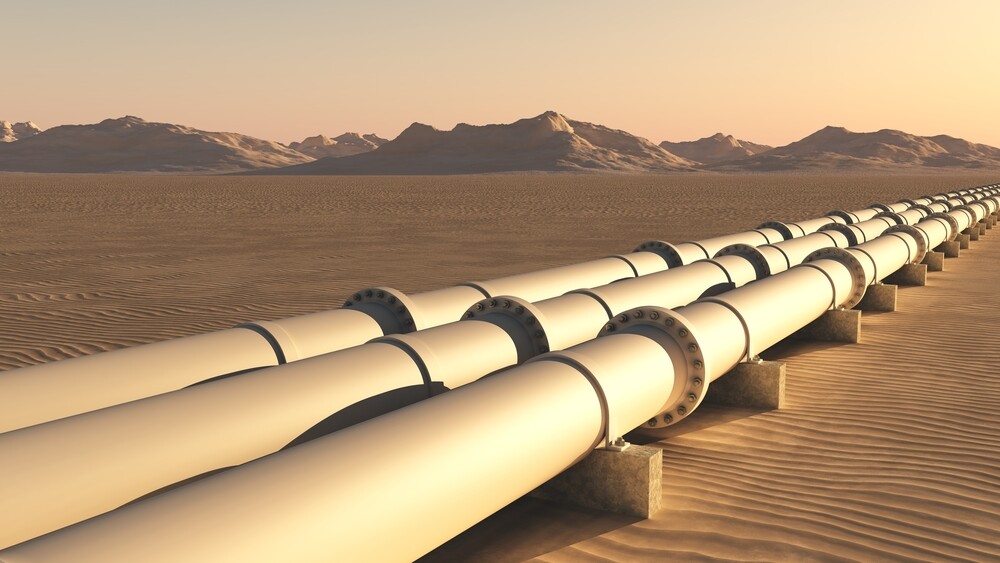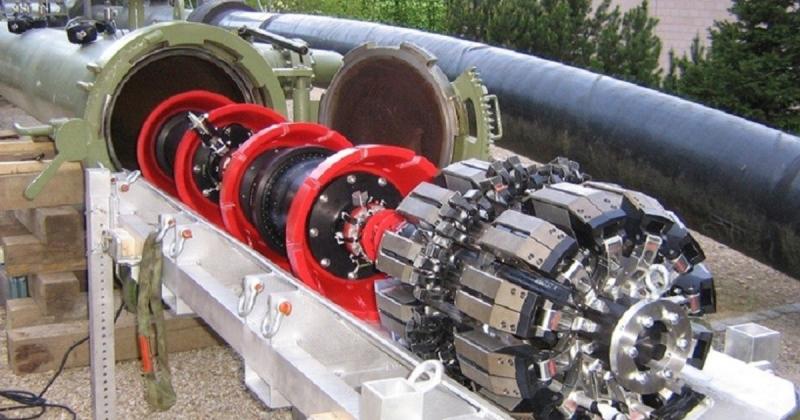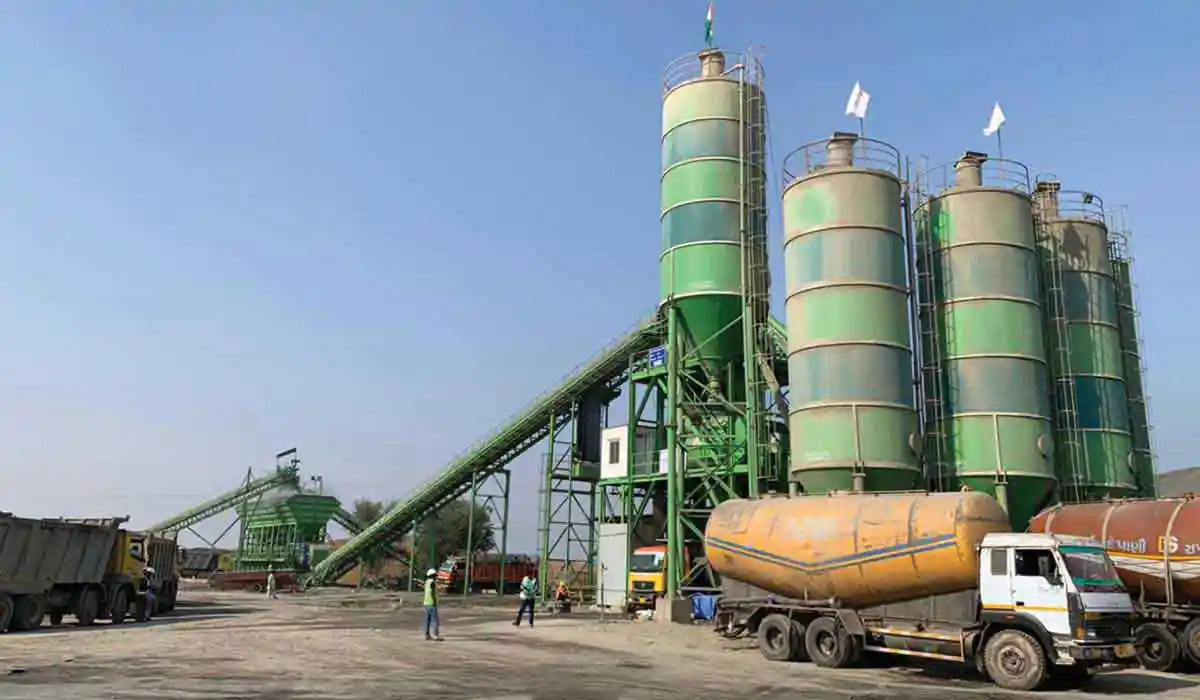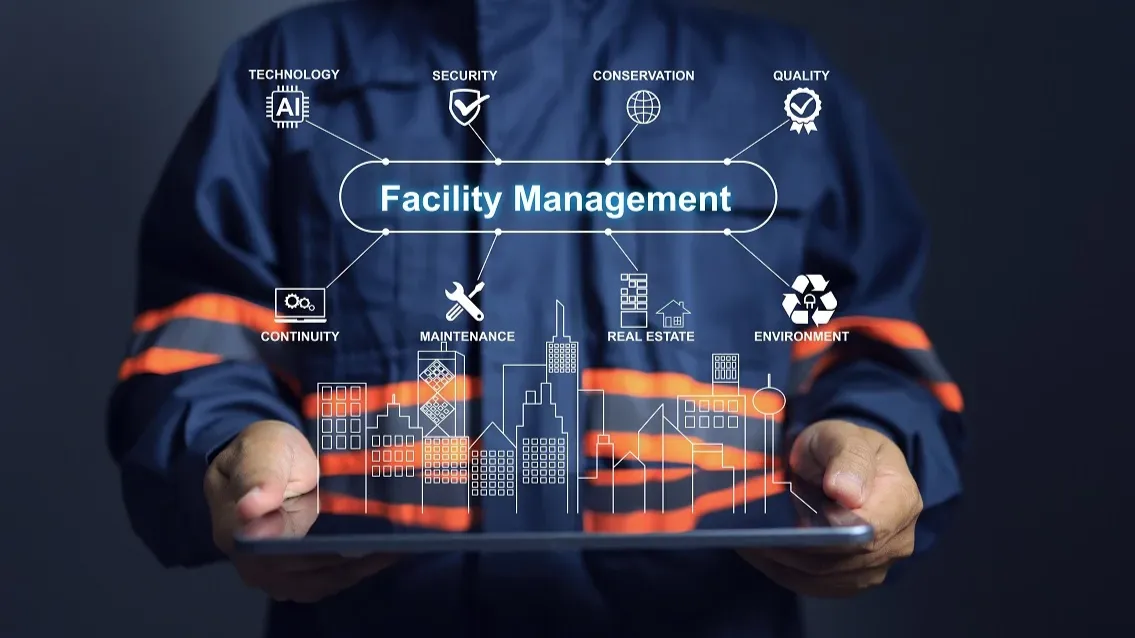The Middle East, often referred to as the “oil and gas hub” of the world, continues to play a pivotal role in shaping the global energy landscape. With an ever-growing demand for energy, the region has witnessed significant developments in its oil and gas infrastructure, particularly in the pipeline sector. According to recent market analysis, the Middle East Oil & Gas Pipeline Market is poised to reach a staggering USD 7.99 billion by 2033, exhibiting a Compound Annual Growth Rate (CAGR) of 4.35%. Let’s delve into the factors driving this remarkable growth and the implications for the energy industry.
- Rising Energy Demand:
The relentless global demand for energy, coupled with the Middle East’s strategic position as a major oil and gas supplier, has spurred investments in pipeline infrastructure. As economies in the region diversify and populations grow, there is an increased need for efficient and reliable transportation of oil and gas resources.
- Strategic Geopolitical Importance:
The Middle East has long been at the center of geopolitical discussions, given its vast oil and gas reserves. The construction of pipelines not only caters to the local demand but also positions the region as a crucial player in the international energy market. Strengthening the pipeline network enhances the region’s ability to supply energy resources to global markets efficiently.
- Technological Advancements:
Advancements in pipeline technology have played a pivotal role in the growth of the Middle East Oil & Gas Pipeline Market. Innovations in materials, monitoring systems, and automation have enhanced the safety, reliability, and efficiency of pipeline operations. This has encouraged stakeholders to invest in modernizing existing infrastructure and developing new projects.
- Government Initiatives and Investments:
Governments in the Middle East recognize the importance of a robust energy infrastructure to support economic growth and diversification. Consequently, they have implemented strategic initiatives and invested heavily in pipeline projects. These initiatives not only stimulate economic development but also create numerous job opportunities in the region.
- Environmental Concerns and Sustainable Practices:
The global shift towards sustainable energy practices has also influenced the Middle East Oil & Gas Pipeline Market. As concerns over carbon emissions rise, there is a growing emphasis on the development of pipelines for cleaner energy sources, such as natural gas. This aligns with the global push for reducing reliance on traditional fossil fuels, contributing to a more sustainable energy future.
- Challenges and Opportunities:
While the market presents immense opportunities, it is not without challenges. Security concerns, geopolitical tensions, and fluctuations in oil prices can impact the growth of the pipeline market. However, proactive measures, collaboration between nations, and the adoption of innovative technologies can mitigate these challenges and pave the way for sustainable development.
The Middle East Oil & Gas Pipeline Market‘s estimated trajectory to reach USD 7.99 billion by 2033 is a testament to the region’s commitment to meeting global energy demands. As the industry embraces technological innovations, sustainable practices, and strategic investments, the Middle East is poised to continue playing a pivotal role in shaping the future of the global energy landscape. The journey towards this significant market valuation is not only an economic milestone for the region but also a reflection of its enduring influence on the world stage.







